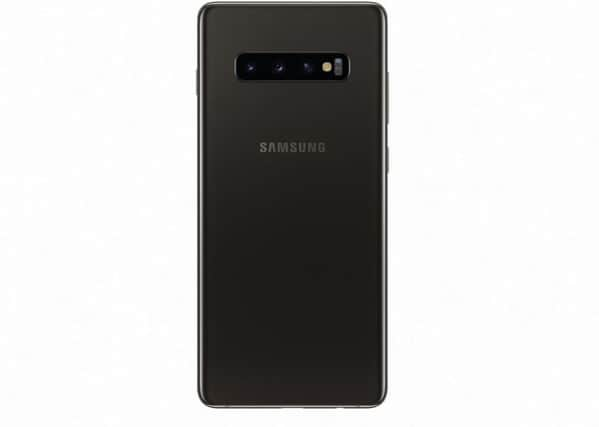The lowdown on 5G mobile technology in Yorkshire


5G, shorthand for the fifth generation of cellphone technology, offers faster speeds and much greater bandwidth than anything we have seen before. It’s a boon for businesspeople and millennials, because it makes it much easier to stream video in ultra high definition, without the need for a wi-fi signal.
The previous standard, 4G, was itself a big step forward. But 5G is around 100 times faster still, with mobile data speeds that far outstrip even the fastest home broadband packages. In fact, it should be sufficiently fast and reliable to eventually supplant a separate broadband connection in many homes – even if, as predicted, we collectively use 13 times more mobile by 2025 than we do today.
Advertisement
Hide AdAdvertisement
Hide AdHowever, for the moment, getting 5G is neither easy nor cheap. Only one mobile network, EE, is currently offering it and only to a few cities. The Yorkshire connections are still some months away.
You will need a new contract, and the first 5G tariffs are on average around £12 a month more than the equivalent 4G rate. The cheapest is £54 a month plus a downpayment of up to £170 for a compatible handset. We can expect prices to become more competitive as the other main operators, Vodafone, 3 and O2, bring their services on stream later in the year.
A new phone will also be required, and it will have to be from the most expensive shelf. The 5G version of the Samsung Galaxy S10, for instance, costs £1,100, though most users will lease it by paying monthly. It’s a compelling piece of hardware, though, with a near-tablet sized 6.7-inch screen, a huge battery and five camera lenses.
Other early 5G handsets include the OnePlus 7 Pro 5G and the Oppo Reno 5G, which have pop-up cameras for self-portraits and can be had for around £65 a month plus £50 up front; and the LG V50 ThinQ, with a 6.4-inch main screen and, as an accessory, a second fold-out display. It’s more expensive than the others, at £79 a month plus £50 up front.
Advertisement
Hide AdAdvertisement
Hide AdIt is unlikely that you will see the benefit of the new technology outside the biggest cities, and certainly not in rural areas for the foreseeable future. Many of these regions have yet to get even 4G. And despite the lure of unbridled connectivity, some of the price plans come with a monthly cap of 10 gigabytes of data.
The new service brings the credibility of the Chinese manufacturer Huawei back into the equation. Notwithstanding the political row over its role in supplying equipment to build the UK’s 5G network, I had taken the view earlier in the spring that the reasons to buy one of its cheap phones outweighed those not to.
But that was before Google – responding to the US banning American companies from doing business with Huawei without official permission – announced that the company’s phones would no longer receive updates to the Android operating system on which they depend. It is a move that will dramatically reduce their useful life, as new versions of some of the most popular apps become unavailable. Until or unless Google relents, an investment in a Huawei handset now seems unwise.
That also means that the era of intense competition at the lower end of the market, which has seen rivals cut their prices to compete with Huawei, may be over. Suddenly, as interest shifts to the premium ranges, it’s a sellers’ market again.